Post
'Star Savior' is packed with raising simulation, turn-based, and idle elements
Studiobside held an FGT (Focus Group Test) for their new game 'Star Savior' on the 16th at the Rollster&ENU PC cafe near Sinchon Station. Two years after the surprise reveal as 'Project Star' at the Counterside self-service transfer showcase in 2023, we finally had the opportunity to check out the in-game experience.
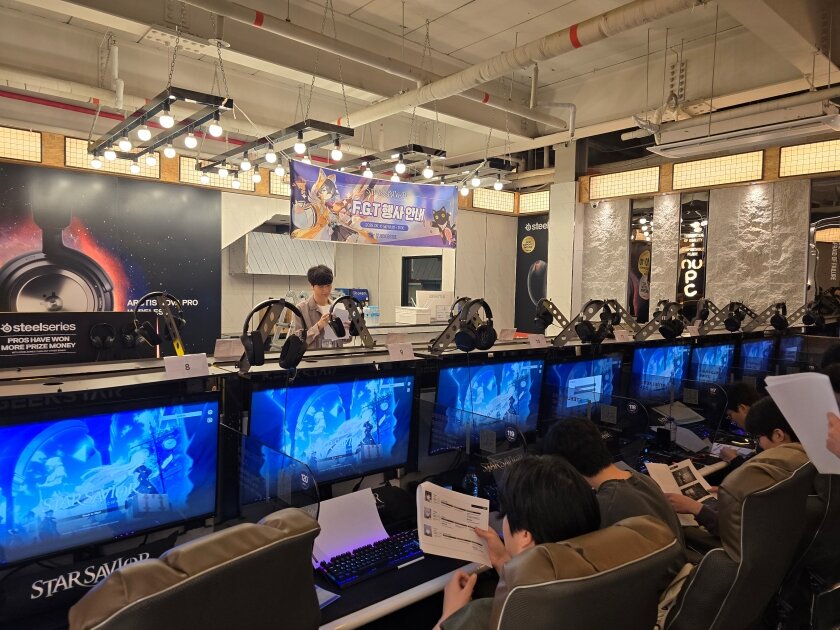
'Star Savior' combines turn-based RPG with idle gameplay and raising simulation
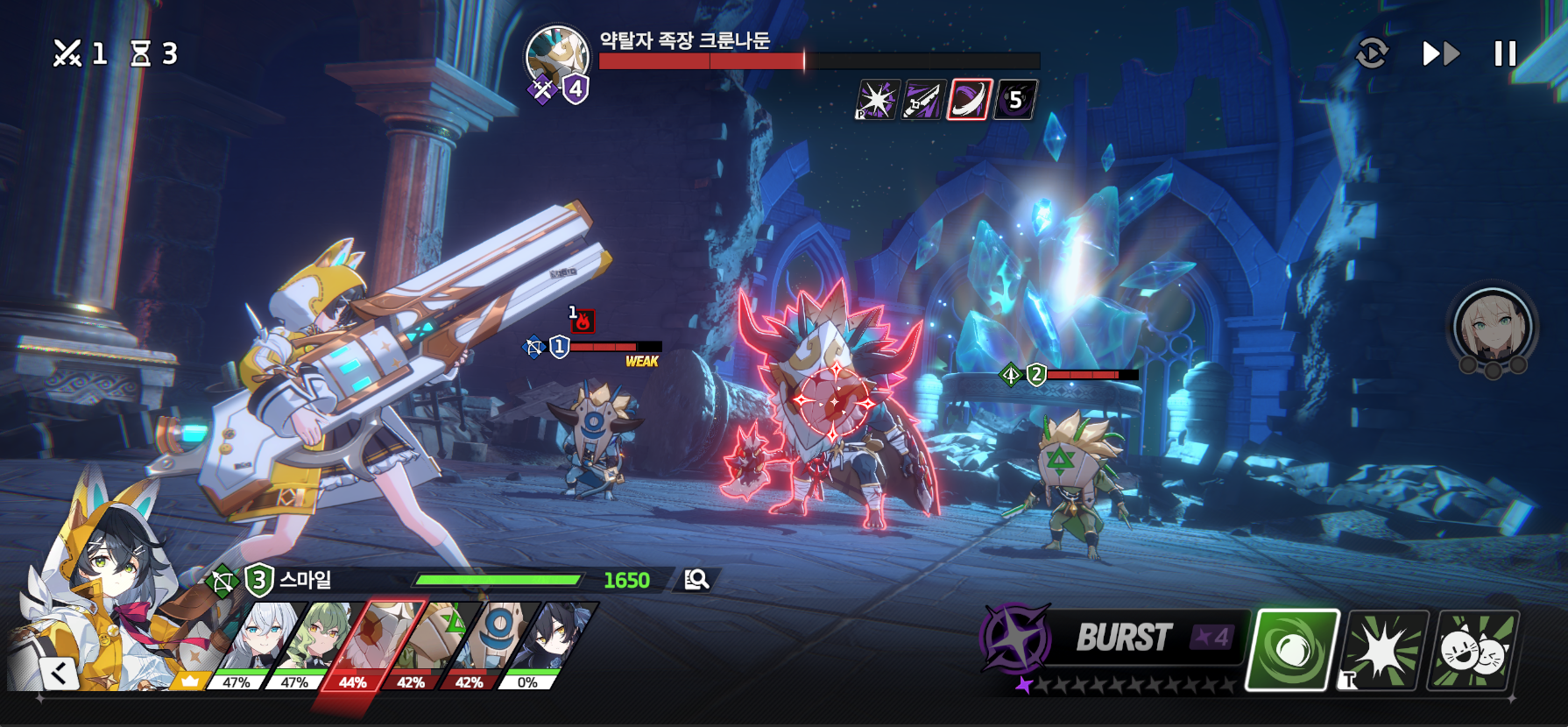
In fact, 'Star Savior' hadn't revealed much besides being a 3D turn-based RPG with a faint connection to the developer's previous work, 'Counterside'. Although the setting and story were mentioned in general terms, it wasn't enough to fully understand what kind of game it was. PC-mobile cross-platform 3D turn-based RPGs have now diversified into classic stage-based, idle, and even open-world formats. And some are constantly trying to differentiate themselves by incorporating the grammar of old raising simulations into event stories or actively adopting them.
'Star Savior' surprisingly combines all these elements into one. First, the main story is available for viewing separately after clearing a certain number of stages, similar to Blue Archive or Princess Connect! Re:Dive. The method of clearing stages is similar to other mobile turn-based RPGs, where you form a team of four and clear waves. The resources for leveling up characters and skills in this team can be obtained through idle rewards and familiar dungeon farming.
In collectible games, 'equipment' is as important as characters, and Star Savior surprisingly adopts a Power Pros-style raising simulation for this aspect. It's the same method that's familiar to subculture users through 'Uma Musume'. Here, instead of 'factors', you have companions who have completed a journey or dropped out midway. It's easier to understand if you think of support cards as being replaced by equipment called 'Arcana'.
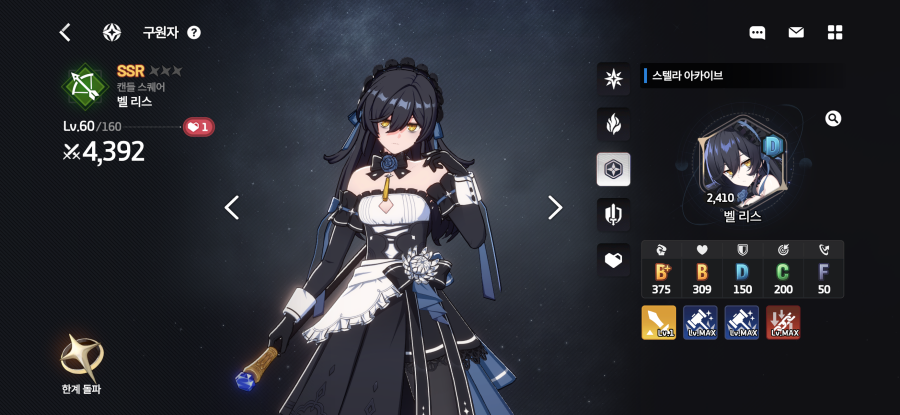
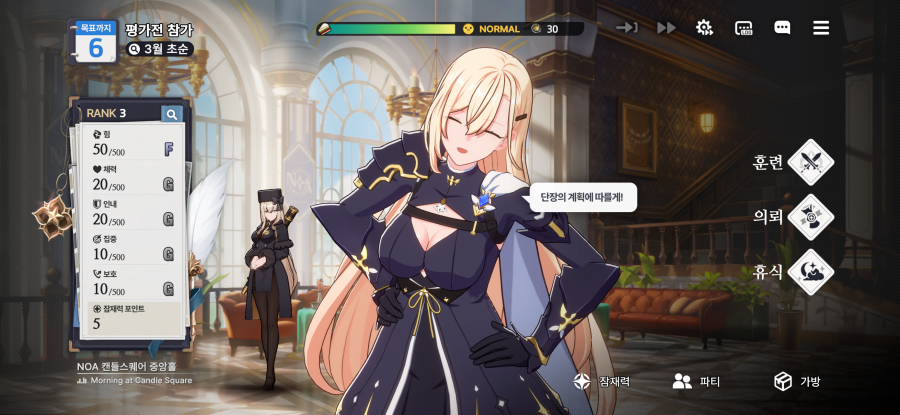
To explain the story of 'Star Savior' a bit, the characters in the game are individuals who embark on the journey of the 'Star Savior' to prevent the invasion of the Void and the impending doom. The player becomes the leader who guides them, and the story of each character is depicted in a raising simulation style in the 'Journey'. However, if you've played the developer's previous work, 'Counterside', you'll find a familiar situation unfolding right from the initial tutorial and main story. The world has already been destroyed several times, and each time the protagonist tries to deviate from providence to prevent it, they lose their memories of that world and are excluded.
'Star Savior' progresses this story along three axes. The main story involves Asera and her party seeking out the leader again to prevent the impending doom, and the leader, who has lost their memories, meeting them and progressing the story. Experiencing the battles that took place before the destruction is the stage, and building up the power to prevent the catastrophe by growing the companions you'll be with is the 'Journey'. These three are intertwined to naturally unfold the stories of various characters within a single main story.
From this point, I personally felt that it was in line with the philosophy of the administrator, the player's avatar and protagonist in the previous work, Counterside. 'Sufficiently accumulated causes create results', so the story of Counterside was about desperately challenging and building up in countless worlds to derive the result that the world would not be destroyed. The core of 'Star Savior' is a variation of the method of unfolding this with two story axes, mainstream and substream, by weaving together various contents in a well-organized way.
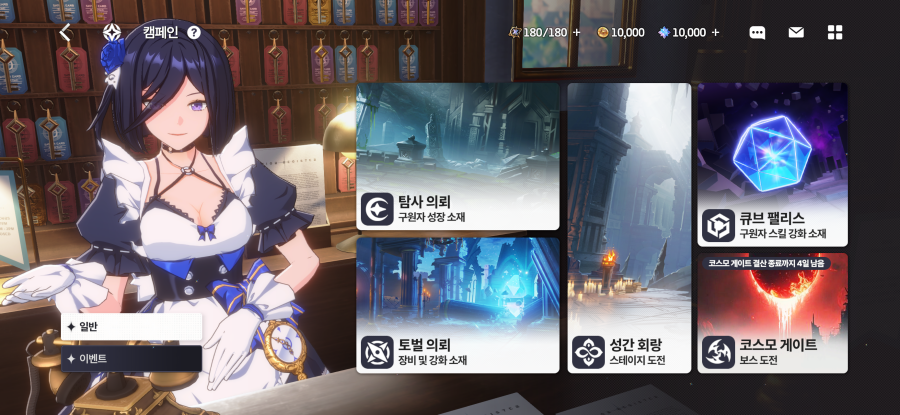
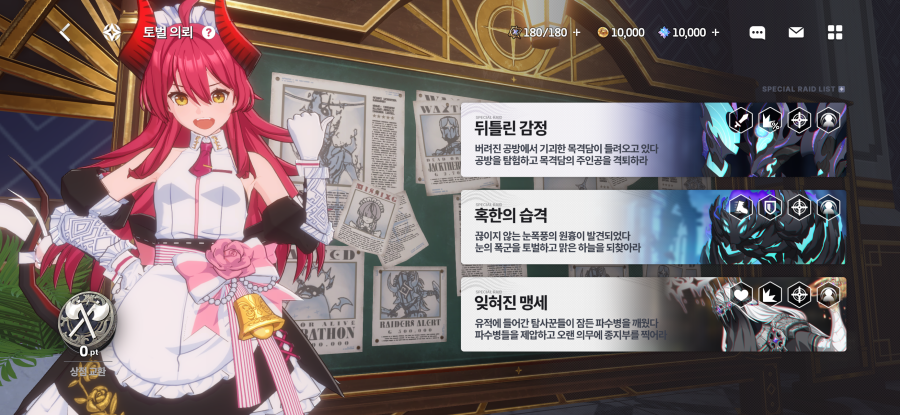
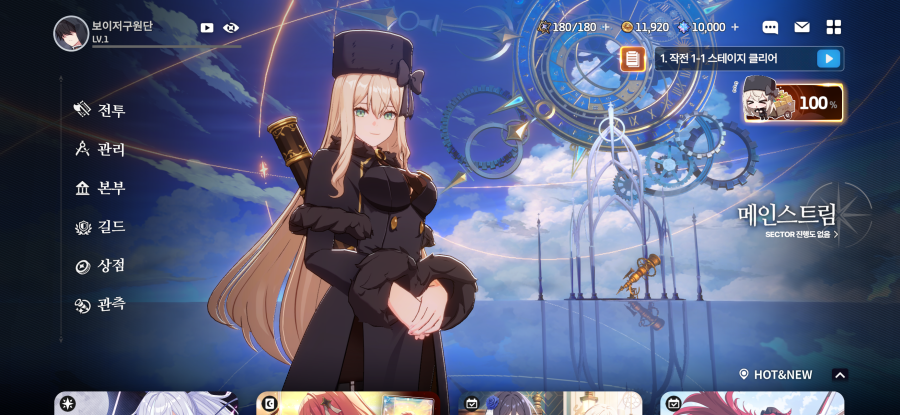
How do gacha and growth, which are important in collectible games, proceed?
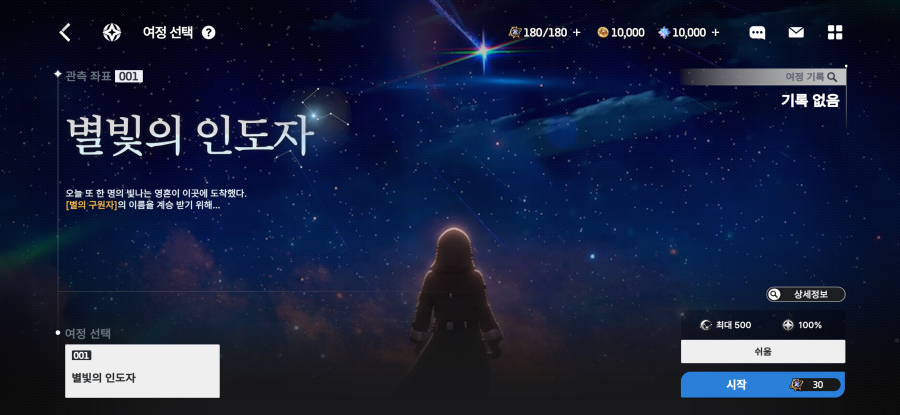
In fact, the story is something to be seen gradually after the official release, but it was mentioned first because it was a necessary part when explaining the content. In other words, the direction of the content is also structured in three ways accordingly, and because these parts are different from existing games, more explanation of the detailed systems is needed.
The most curious thing is probably whether a raising simulation has been added to the turn-based RPG. To explain this part, it is necessary to first explain the character's equipment, 'Stella Archive'. In fact, if you've played Uma Musume, you'll understand everything if I say 'Uma Musume that has been fully raised'. In other words, the specs of the Stella Archive to be equipped on the character are determined according to the results of a series of character raising processes called 'Journey', and equipping this on the character to increase combat power is one of the core systems of 'Star Savior'.
As you may have noticed from this part, at the FGT stage, Star Savior's gacha is largely divided into character gacha and support card, i.e. Arcana gacha. So I expected pressure on Arcana limit breaking, but the level limit is only broken through and the skill-related parts are not touched, so the burden is relatively reduced. However, as for the efficiency of character breakthrough or Arcana breakthrough, it seems necessary to watch this part a little more as it is still FGT. In addition, the fact that each Arcana increases the training efficiency of specified specs such as strength, stamina, and endurance, or that an event story occurs when the Arcana's favorability is increased during training, and additional specs or skills are unlocked depending on the choice, does not deviate significantly from the formula of mobile collectible raising simulation.
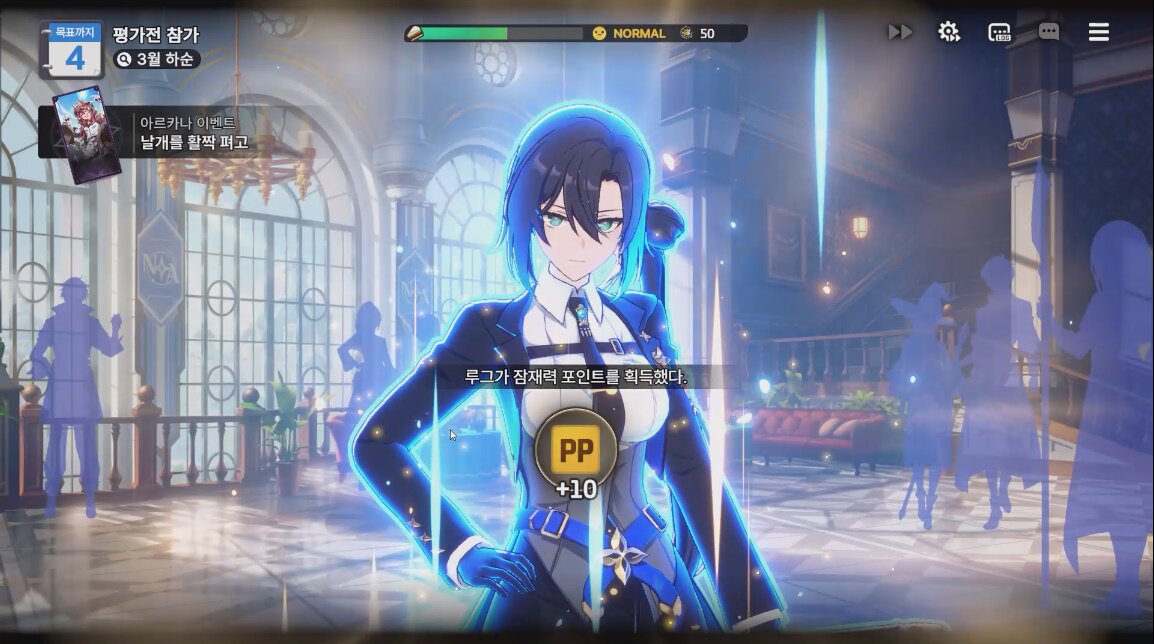
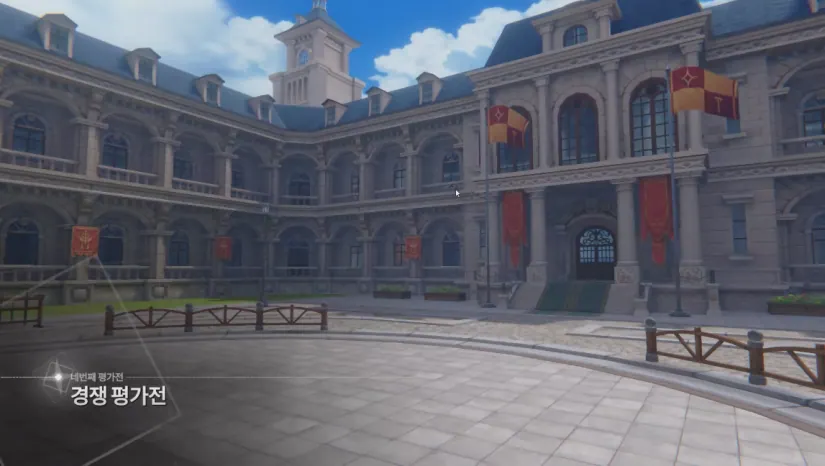
'Journey' depicts the process of the protagonist joining the Nebula Observation Agency NOA for the first time as the leader of the journey, and proceeding with training and requests with the character they will be in charge of, according to that formula. In other words, each stage is given a turn, and you need to operate it carefully by appropriately performing training, requests, or rest within that turn to raise the character and then take the evaluation match to move on to the next stage. Training increases specs, and requests collect coins that are used to rest or buy amulets that give various useful effects, so it is necessary to consider this well.
I said earlier that Stella Archive works like a factor, but it doesn't stop there, and the Stella Archive you choose at the beginning appears as a party member to prepare for the 'Evaluation Match'. In other words, in addition to the specs and remaining skills of that archive, you also need to consider the synergy with the character you will raise on the journey. In addition to the raising simulation, there are also events in the middle where you choose amulets like a roguelike deck building. Three random amulets appear each time, and you have to choose the amulet that is most suitable for the character among the three. And unlocking the skills acquired through events or training with potential and equipping specs is also the core of 'Journey'. For reference, Arcana skills are not active like character skills, but are composed of passives that help in battle, such as further increasing the character's specs or offsetting a certain amount of damage.
If you clear all the evaluation matches in that way, you will be left with the task of defeating Aldebaran's executor Gille, which you saw in the tutorial. If you clear this, you will be qualified to inherit the legacy of the savior, and the journey will end, and the 'Stella Archive' will be recorded along with the ending. The setting of Star Savior is that even if you fail in the previous stage, that memory remains as a 'Stella Archive' and helps in the future battle to save the world. The routine of 'Star Savior' is to gradually prepare those Stella Archives, and the character separately levels up and skills up through other contents to prepare for strong enemies.
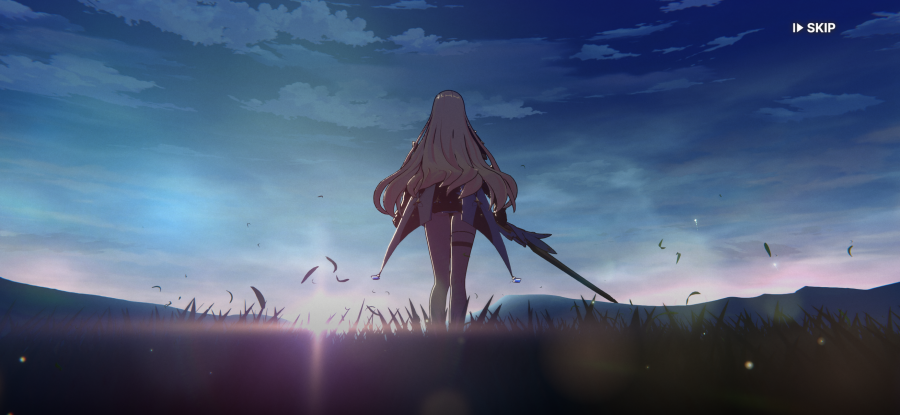
Strategic play enhanced with Break System and Nova Burst
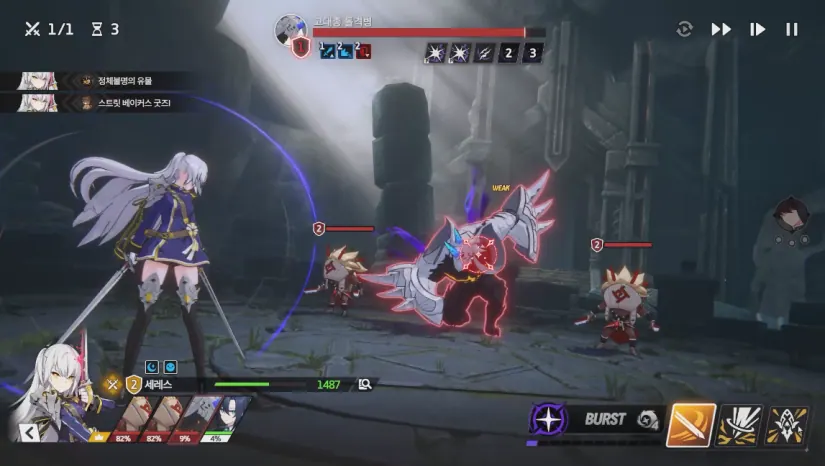
The battles that you will proceed with after raising in that way are the same as the basic turn-based grammar so far. The order of actions is determined according to each person's attack gauge and speed, and they give and take while using one of the normal attack, special move, and attack skill in that order.
The common attribute match-up system is the same in 'Star Savior', but it is interpreted as reducing the tenacity stat rather than additional damage or damage reduction. If you reduce the tenacity stat to 0, it becomes 'Break' state, and at this time, even if you are immune to status ailments, your defense power is reduced for 2 turns, so it is also an opportunity to deal extreme damage and catch them. On the other hand, if your allies are also broken, they will take great damage from the enemy's attack, so you need to create a strategy such as building a deck with attributes that are advantageous by looking at the enemy's attributes, or combining a tank that will take the damage instead with taunt. Or, some characters are specialized in breaking regardless of attributes, and it was possible to combine strategies such as using them to melt them first with a preemptive strike.
If you break an enemy, the break point accumulates by 1, and when 3 of these points are accumulated, you can use the user's special skill, 'Break Skill'. Break skills provide useful buffs such as life absorption in addition to simply dealing wide-area damage, so they can be used appropriately to avoid crises. Break skills can be used on an ally's turn, and it is an additional turn concept, so after using it, it immediately returns to that character's turn.
In addition, the burst gauge is charged when attacking or taking damage from an enemy. When that gauge accumulates above a certain level, you can activate 'Nova Burst' and use the skill enhanced. Normal attacks, special moves, and ultimate moves are all included in the target, and each character has different types of skills that receive Nova Burst effects well, so it was necessary to check this and use it strategically. In general, ultimate moves have a long cooldown of 5 turns or more, and depending on the character, special moves may have a cooldown of 4 turns or more, so the efficiency was bound to vary depending on when to use them or what to enhance and use.
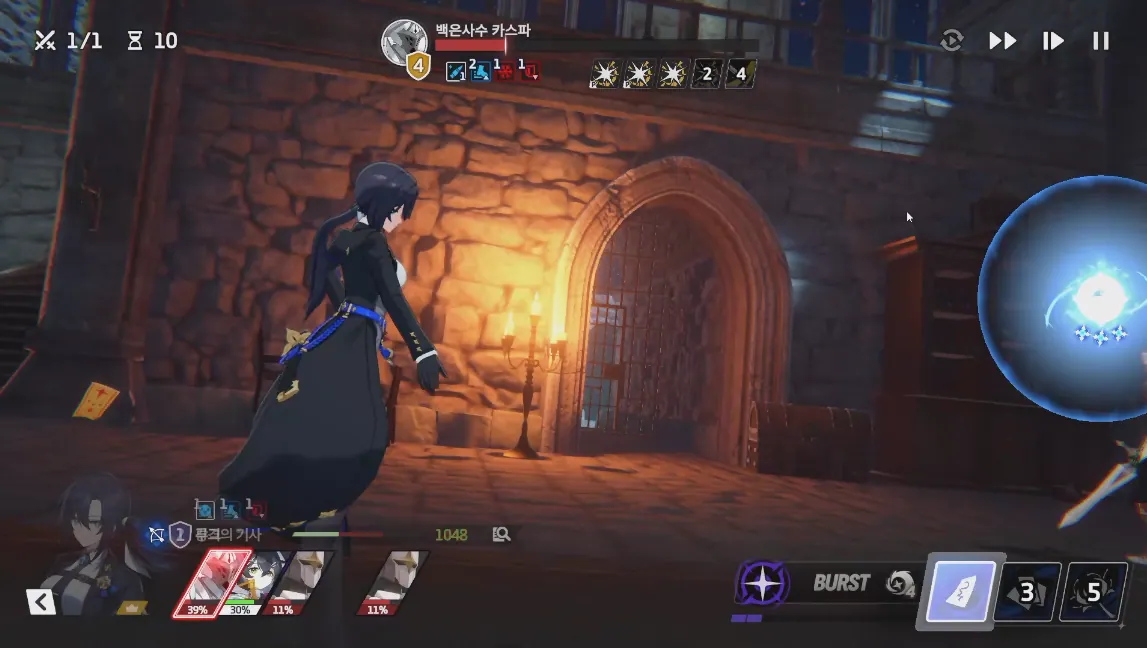
These turn-based battles will be held in the evaluation match of 'Journey', the main story battle, as well as the Cube Palace for farming and other dungeons in addition to the stage. In this FGT, I couldn't directly experience the farming content, but looking at the steps so far, it doesn't seem like it will deviate significantly from the basic formula of collectible RPG.
And at the very end of the FGT, I was able to experience PVP, 'Gauntlet'. In collectible RPGs, PVP is often attached like an accessory these days, but 'Star Savior' was putting quite a bit of effort into introducing real-time PVP. The ranked match I experienced this time was conducted with a real-time draft pick with pick and ban. In other words, after doing a common ban in the first stage, each person alternately selects up to 5 characters, and finally excludes one of the opponent's characters to complete each 4-person deck and engage in battle. It was the type that is often seen in Summoners War and Epic Seven, which put a lot of effort into real-time PVP among collectible RPGs.
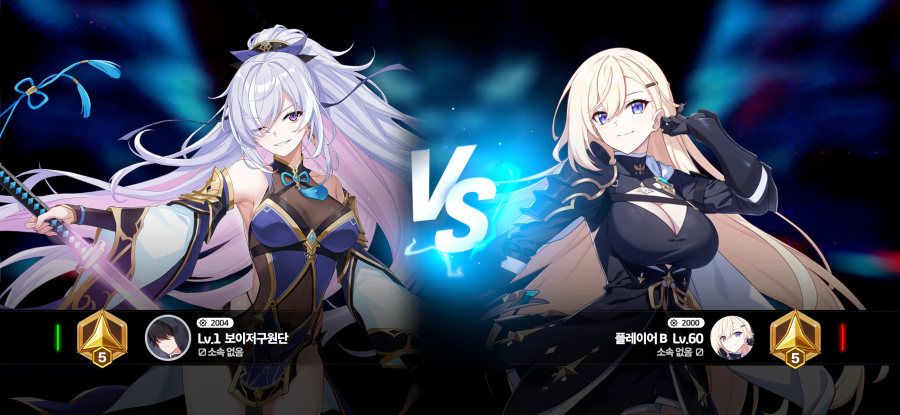
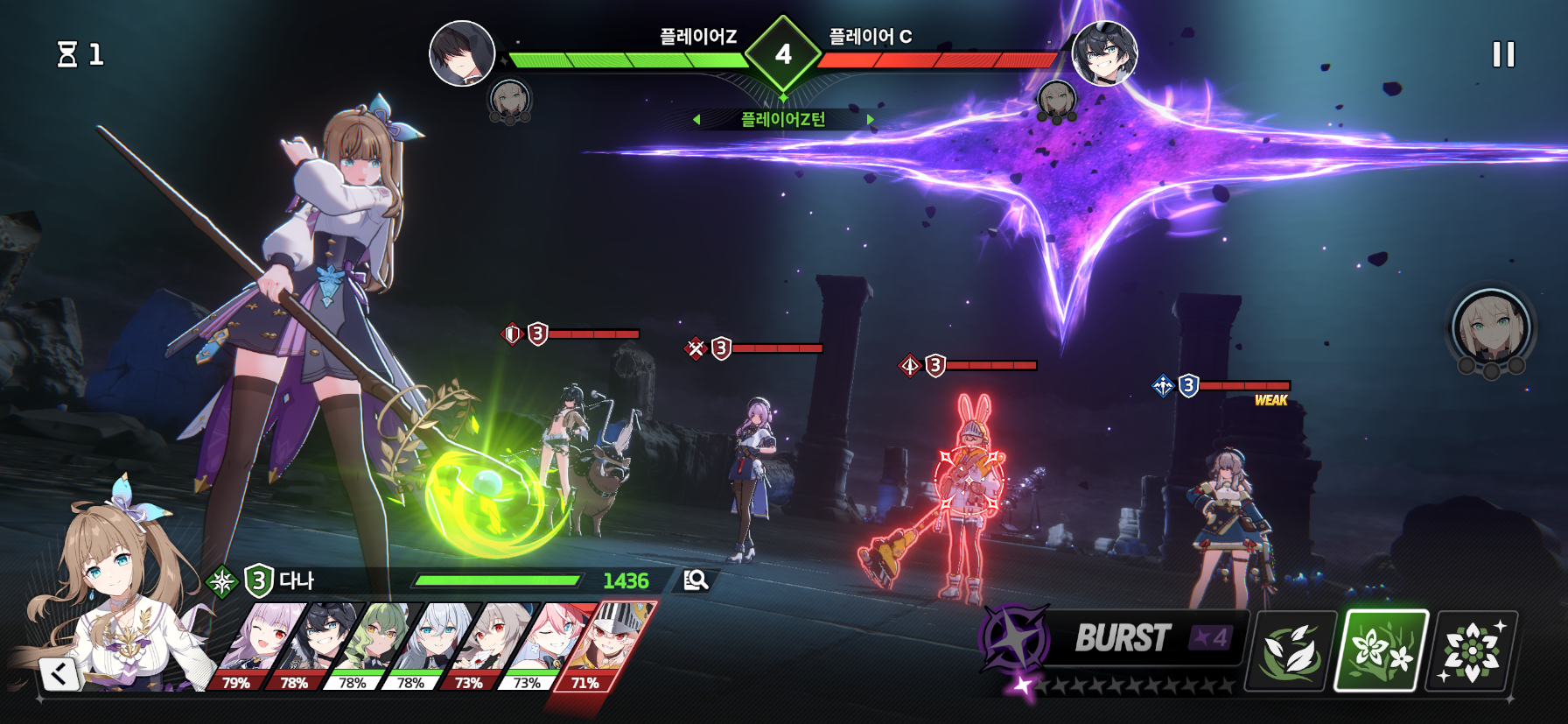
Star Savior mixes various elements well, the key is fatigue management and consistency
When Star Savior was first revealed, 'Honkai: Star Rail' was about to be released, so many people probably thought of a similar type. However, the 'Star Savior' that was actually revealed went in a very different direction like this. Because it mixed various elements into turn-based. This style itself cannot be said to be good or bad, but if you are not careful, it may fall short of expectations or you may cram in too much content and end up being neither here nor there.
However, the 'Star Savior' that I actually played had the genres that were referenced quite balanced. The quality of the journey was also good, and even then, once you have Stella Archive set up to some extent, it was a routine to quickly finish the daily quests while running the daily dungeon without having to do the journey. I can't check the dungeon directly, but considering that battle skip is already equipped in the journey, it seems that they will either support skipping the dungeon that has been cleared once from the beginning or support it quickly.
In addition, the previous work Counterside was once falsely accused of being a fake subculture game until CEO Ryu Geum-tae's dark history (?) was revealed, but Star Savior came out with a knife from the beginning as if they were conscious of this. Of course, Asera, a pure heroine who always thinks of the protagonist, as well as all the character types that come to mind when you think of subculture, are all equipped.
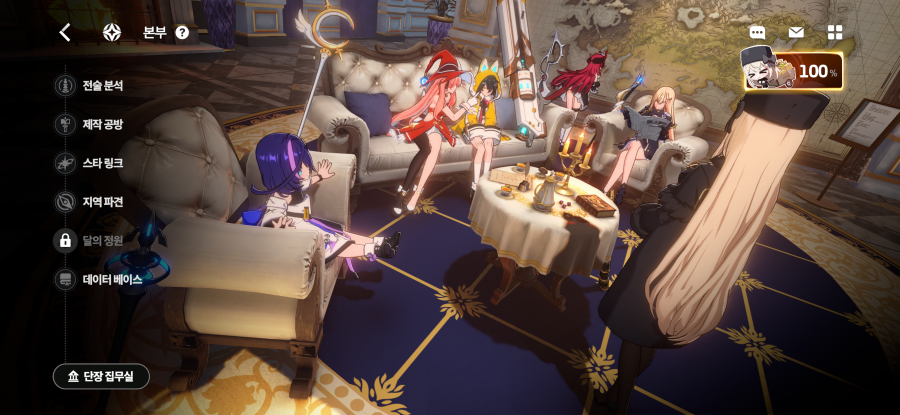
Even the body types that have not been handled well in 3D in Korea have been actively mobilized, and I remember that all the reporters who participated in the event exclaimed. Ah, I don't like that kind of taste, I like suits. It's a different game, but I hope Kafka will be buffed. So my pick was Lug. A cool beauty in a suit who doesn't feel pain, so she doesn't hesitate to do radical and bold actions, but the gap moe that she likes Sentai series was quite striking. That cool beauty gradually builds up a sense of bond through the journey and opens her heart, and I really enjoyed the process, so I kept reading the journey part even though there was no dubbing. 'Counterside' also received high praise for its main story and character story build-up after refining the early ups and downs, so I felt that such capabilities were also buried in 'Star Savior'.
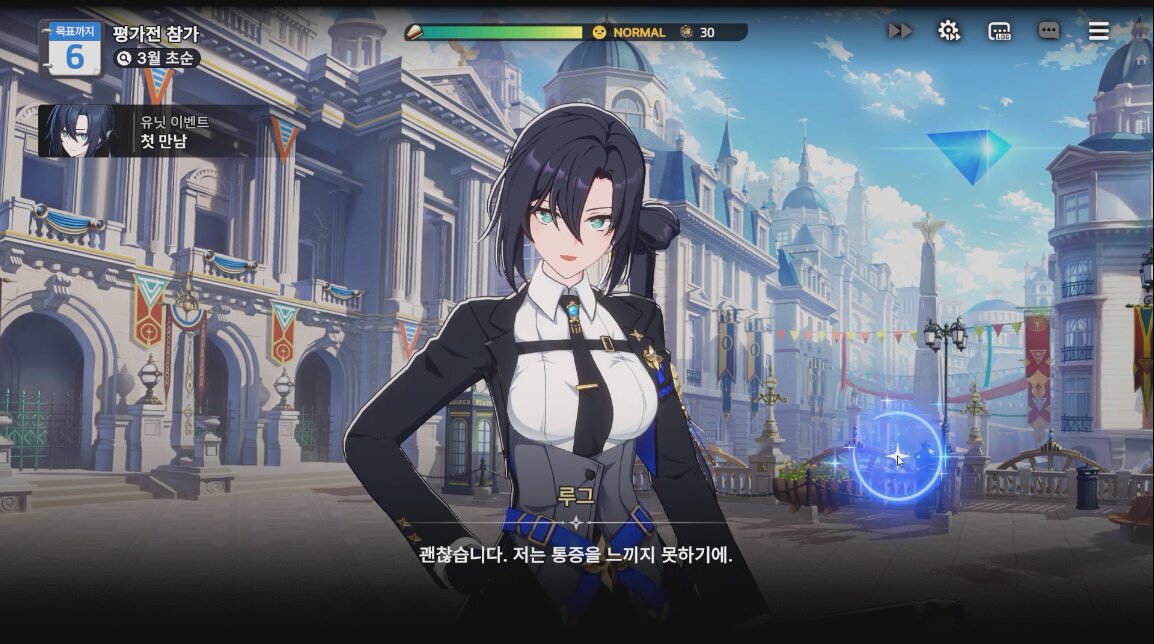
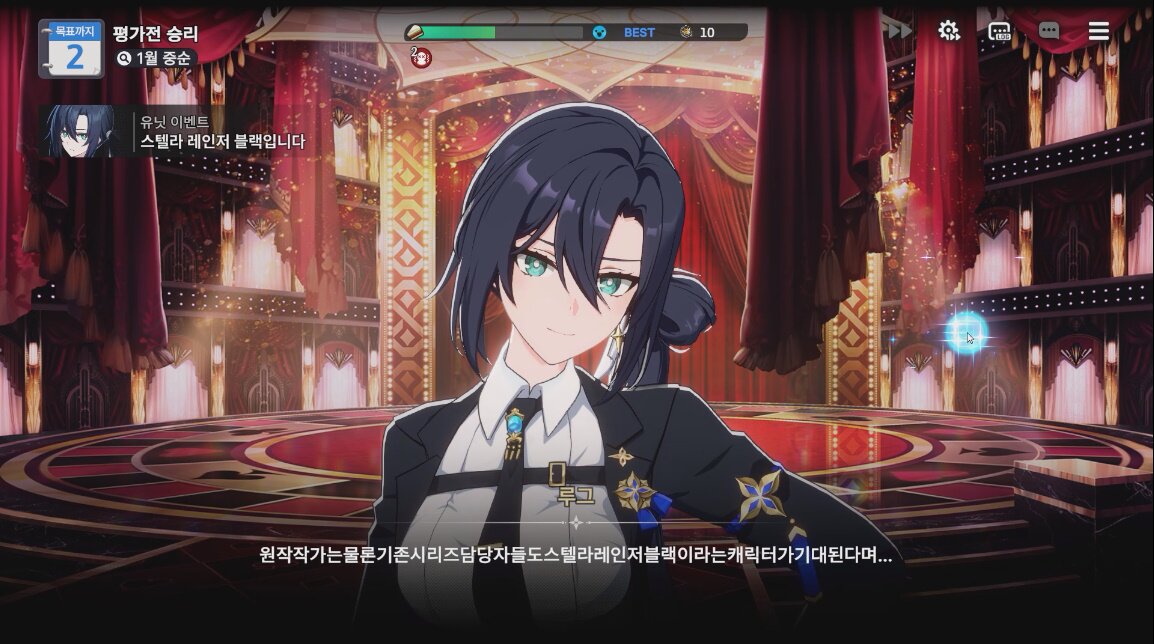
The theory was good like that, but if you start to pay a little attention, the fatigue and burden could increase significantly. The 'Journey', which is equipment farming, is a raising simulation, so it is tiring, but the final destination that you enjoy while constantly refining the stats like cutting a bat is currently leaning towards PVP. The PVP method also felt like it was built by referring to a proven direction, but considering that there are quite a few users among subculture users who do not enjoy PVP because of the burden, I was a little worried. The limit break burden has been relatively reduced, but it is not that there is no difference at all, so there is a concern that users may feel so-called salty.
As if aware of this, they have prepared an inter-stellar corridor like an infinite tower and an event story window to be added periodically, but it is still unknown how this part will proceed. Looking at the case of the previous work 'Counterside', PVP is important, but they have supplied high-quality main stories and sub-stories to bring back migratory birds in the middle. In addition, 'Star Savior' has already shown swimsuits in some situations, so I think they will quickly add skins to prepare a part to lightly flirt with. There was no touch reaction yet, but there were quite a few attractive characters to wait for, thinking that this was FGT.
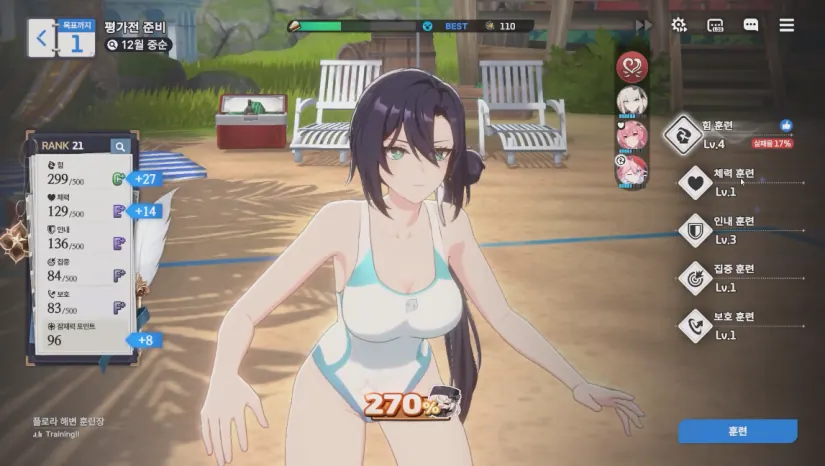
Even though it is still FGT, 'Star Savior' was a game with considerable charm and potential to say this rashly. The graphics and directing are not top-notch, but they have definitely raised the level to the point where they can appeal to the characters, and although it is not a method of exploring open worlds or fields, the technique of structuring the content from various angles to allow a wide approach to the story and worldview was impressive. Above all, the foundation was solid from the beginning compared to the previous work Counterside, which is impressive. Counterside's growth content was creaking with every major update due to the conflicting content directions from the very beginning, but 'Star Savior' was definitely referring to the right framework and completing it in its own way.
Not only that, but they are taking bold steps such as partially disclosing the contents of the FGT in order to establish a stable framework. As a subculture gamer before being a reporter, I look forward to 'Star Savior' becoming a work that I can accompany on the journey to protect the world with my favorite characters until the end without dropping out in the middle. I'm already tired of protecting too many worlds, but it's a really happy (?) worry for subculture gamers to have one more. I hope that Star Savior will continue to be successful in the FGT, and the CBT and release and beyond, whenever it may be.
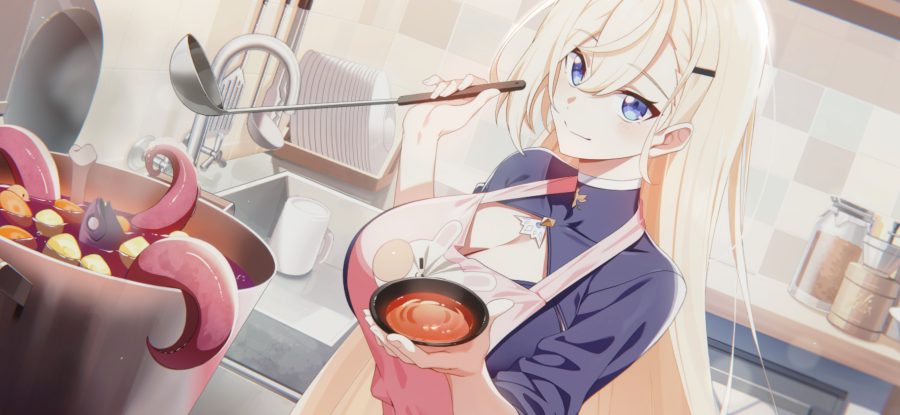
Webzine InvenYoon Seo-ho Reporter
2025-05-19